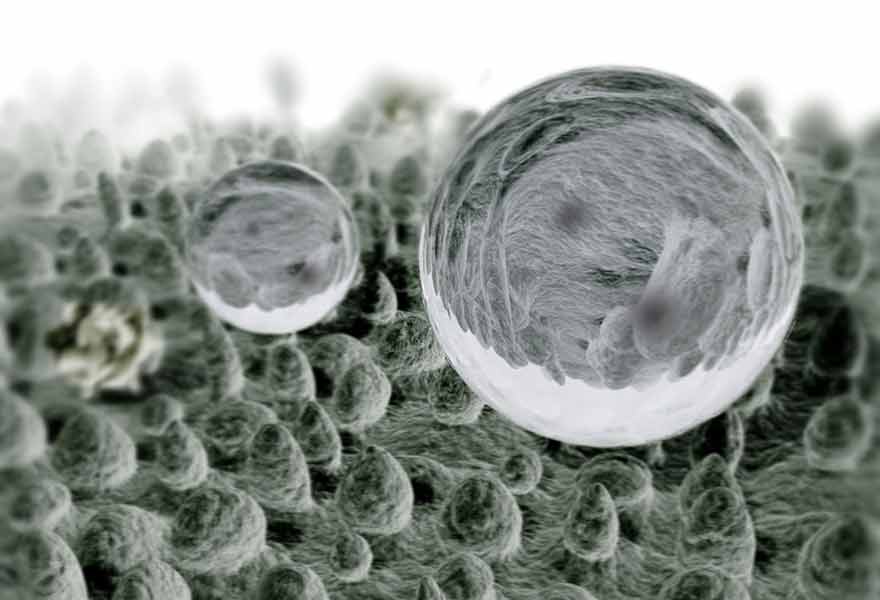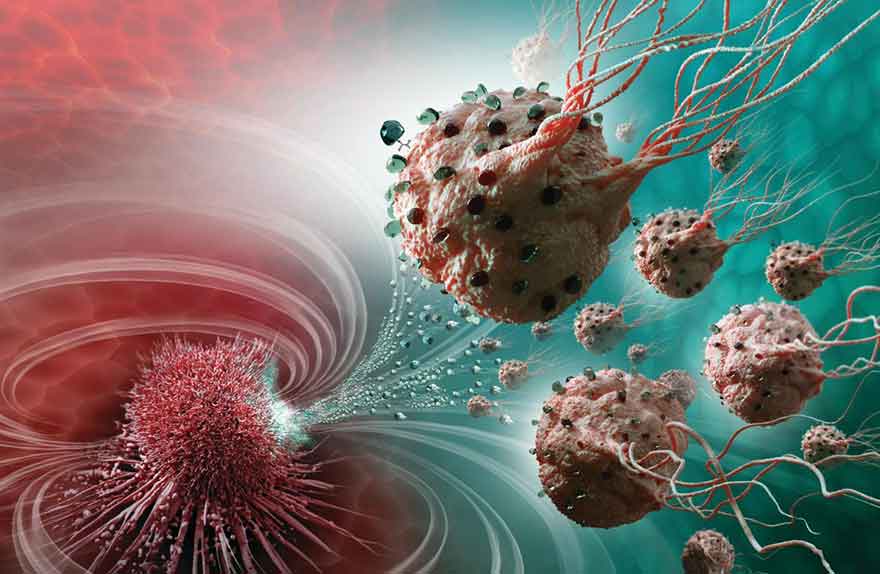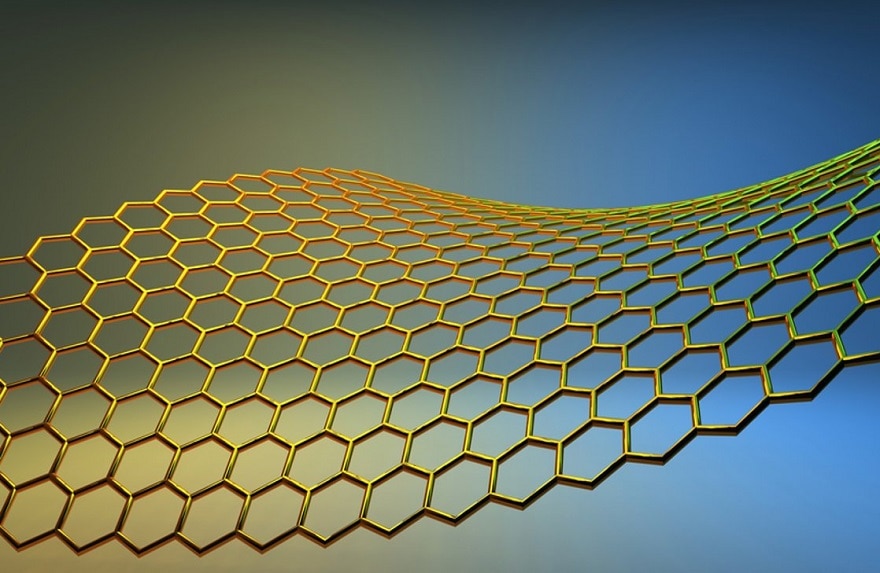1 - Overview of nanomaterials applications in the automotive industry
2 - Batteries, aluminium structures, joints: the new applications for silicon nanopowders
3 - Commercial and future applications of carbon nanotubes in the automotive industry
4 - Tyres and nanomaterials
5 - Road pavements (nano) in the automobile: what advantages, what advantages, what advantages? promises, what uncertainties?













